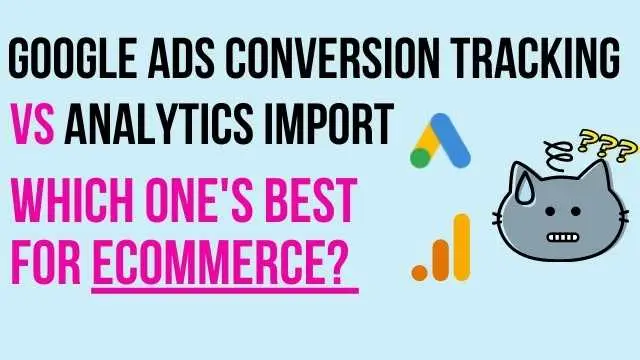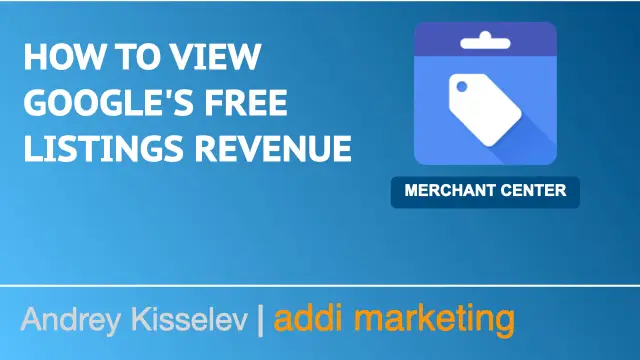A deep dive into the two Google Ads tracking methods is taken. Why use conversion tracking, how exactly each method works, reporting differences explained, and which method is best for eCommerce.
If you are deciding which conversion tracking methods to use in your Google ads account, I’m going to break it all down in this video. As an example, I’m going to take an e-commerce Google ads account with a shopping campaign, but the methods described here will be equally useful for search and lead-generation campaigns.
We’ll talk about five things. Why use conversion tracking, Conversion tracking set up quick overview, How tracking happens, Differences between the two methods, and finally recommendations of each method to use in which situation. Let’s go!
We use conversion tracking mainly for two reasons. First, to know which products and other Google ads account elements work towards achieving our business goals. In this case, revenue and maybe maximize ROI, and also to provide the data to smart bidding strategies in order for them to automatically optimize our campaigns according to our business goals.

